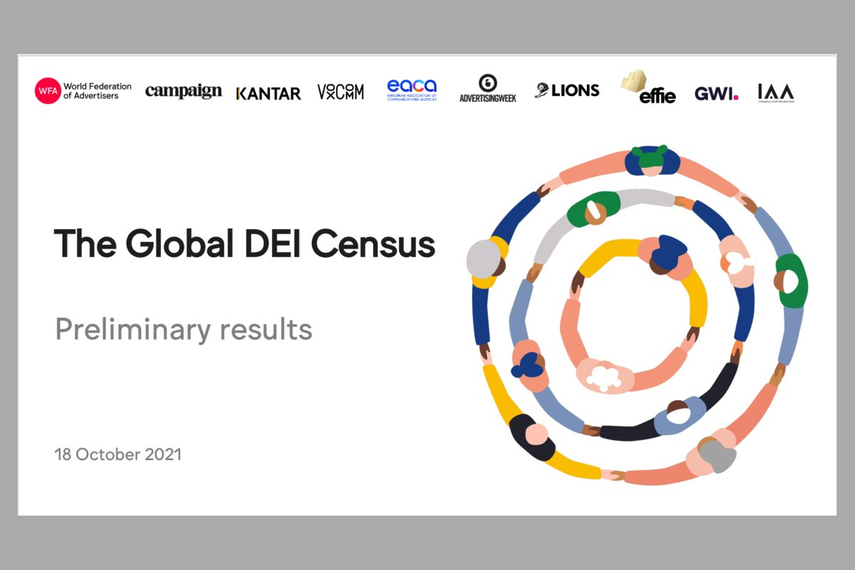
Please sign in or register
Existing users sign in here
Having trouble signing in?
Contact Customer Support at
[email protected]
or call+91 22 69489600
“No company or industry can ignore this,” WFA says

Contact Customer Support at
[email protected]
or call+91 22 69489600
Top news, insights and analysis every weekday
Sign up for Campaign Bulletins
Why brands must stop performing for algorithms and start speaking to humans again
Its ‘Scam 2025’ campaign leans on entertainment-led storytelling to decode digital fraud, signalling a shift in how brands approach financial literacy.
Omnicom chief communications officer Joanne Trout will continue to oversee the combined company’s internal and external communications strategy.
Dozens of smaller shops are still awaiting their fates.